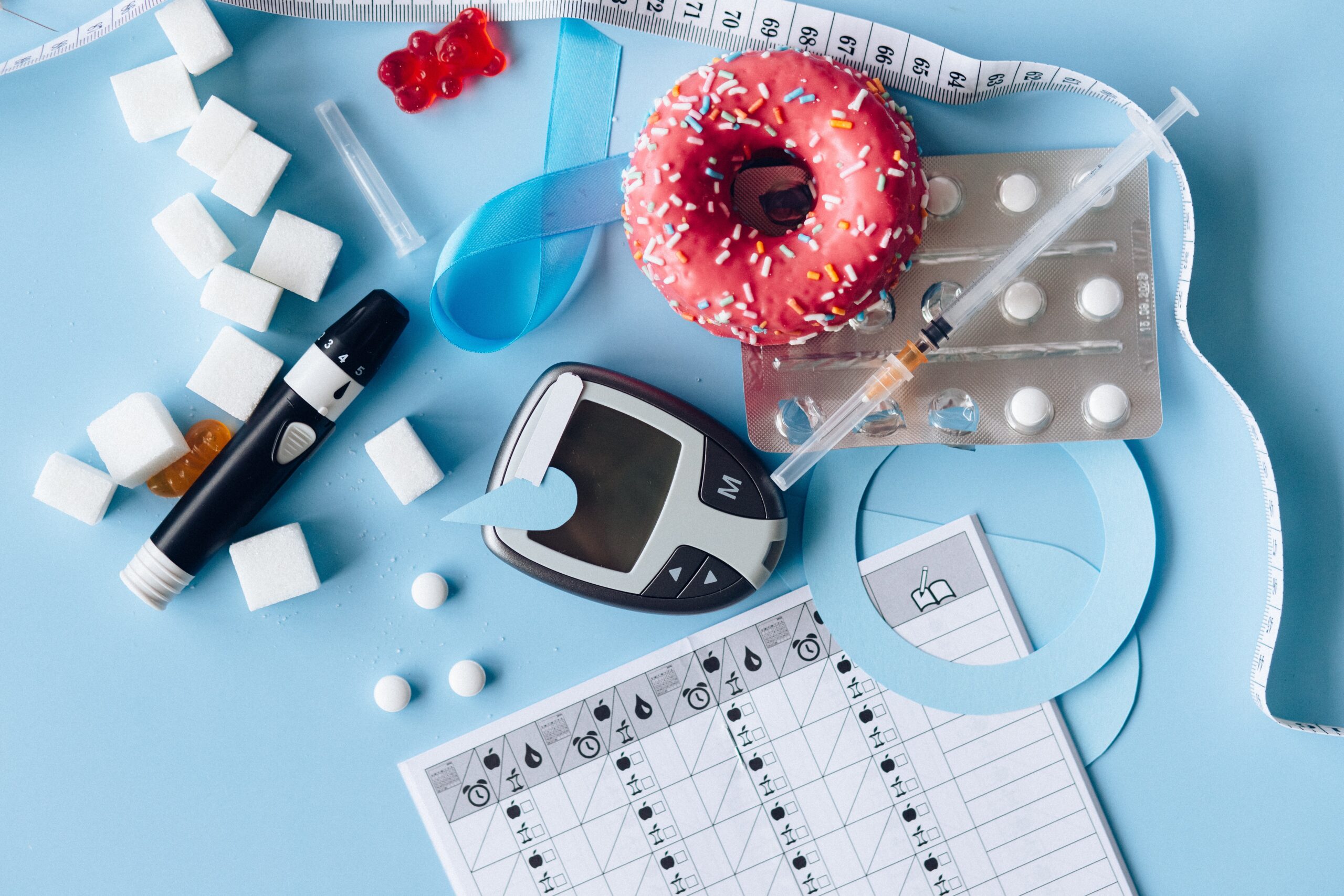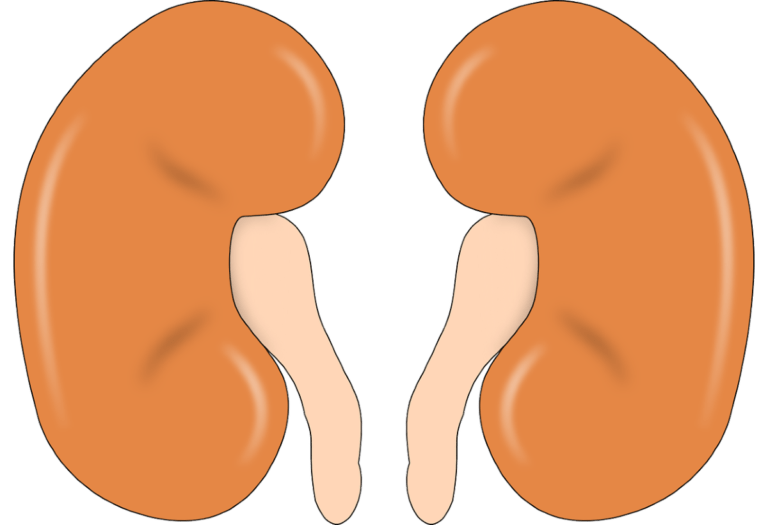Diabetes Facts
The Facts Surrounding Diabetes

Glucotrust Advanced Formula
Gluco Trust Max Capsules Maximum Strength Support
|
The consequences of diabetes left uncontrolled are serious. Here are a few of the complications that can occur:
Unfortunately, adding up the total toll of diabetes complications shows the disease is one of the nation’s leading causes of death. All diabetes complications can be largely prevented by practicing what is known as “tight control,” keeping your blood glucose level as close to normal as possible. This takes time and energy, but many people with diabetes do it successfully and live full lives without many complications. |
||||||
|
|
|||||
|
Factors that influence HDL
In 1997 the estimated cost associated with diabetes in the United States was $98 billion. That included $44.1 billion in direct costs and an additional $54 billion in indirect costs due to disability and mortality. |
||||||
| While daily blood glucose testing tells you what your blood sugar level is at the time you test, HbA1c testing tells you your “average” blood sugar level over the past 2-3 months. These tests are very important in protecting your long-term health. Maintaining good HbA1c levels will help reduce your risk of diabetes complications such as blindness, kidney disease, nerve damage, stroke, and heart failure. | ||||||










Itís nearly impossible to not get the usual advice from your doctor, be more active and eat more green stuff. Sounds like a cure for everything or at least a good prevention for many things.
I had been feeling nauseated more often and went to see my doctor about it. I am now trying to manage my activity level and diet to keep this from getting worse.